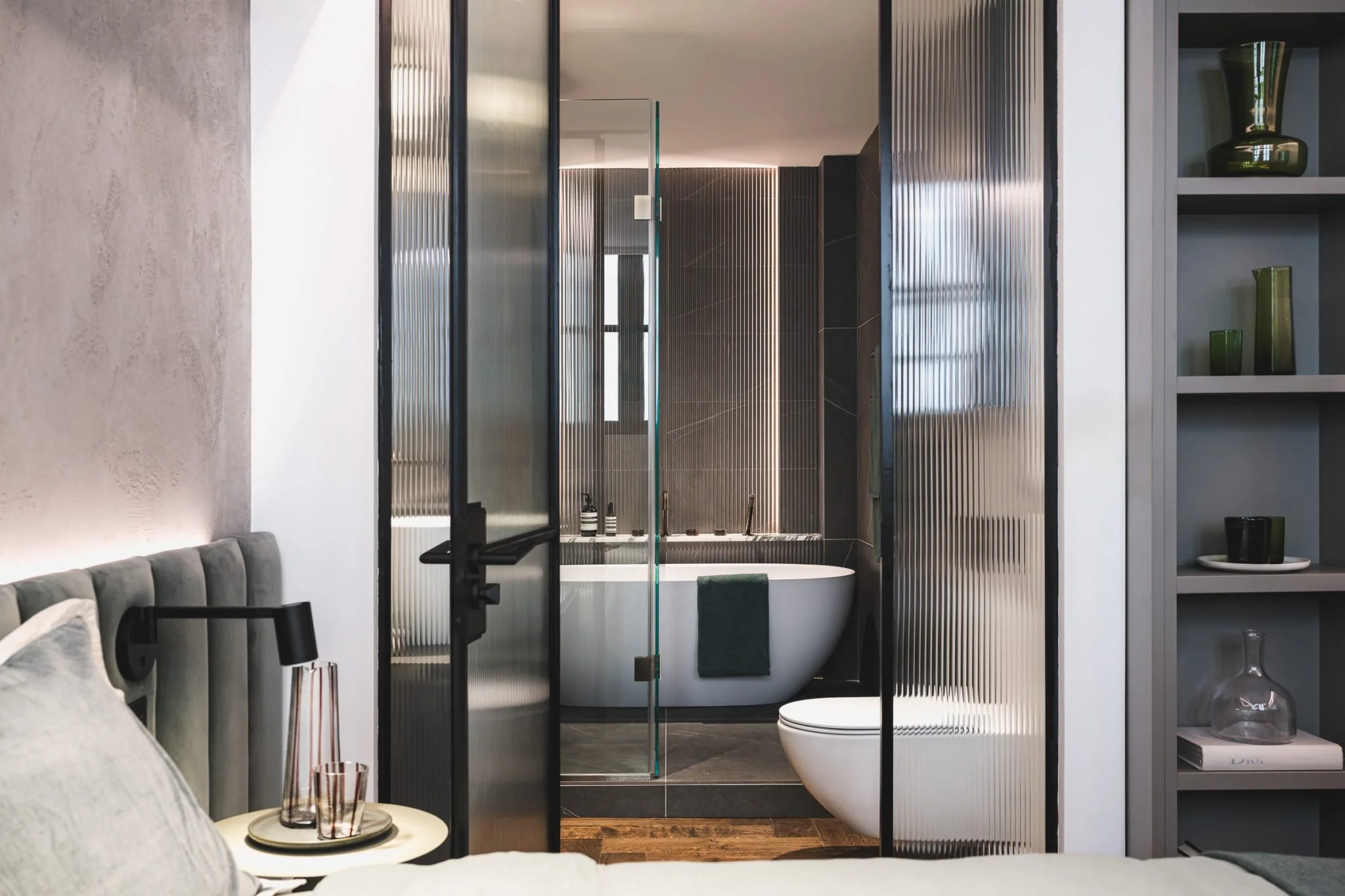The Importance of Branding
This content was first published in July 2023 in the KBB Review. Click here to read.
A big opportunity for many retailers lies in taking a more considered approach to branding. I’ve previously written about the importance of good-quality photography to improve how a business portrays itself visually, but I think the opportunity for improvement goes beyond that.
Many independents don’t think of themselves as ‘brands’. The word ‘brand’ often conjures up names of multi-national super-brands or the brands that they are retailing.
There are various definitions of what a brand is, but this quote by the famous marketer Seth Godin, sums it up nicely:
"A brand is the set of expectations, memories, stories, and relationships that, taken together, account for a consumer's decision to choose one product or service over another."
IT’S ALL ABOUT PERCEPTION
It’s both tangible and intangible. Yes, branding includes your physical marketing assets (such as logos, websites & brochures etc) but most importantly, it’s how these physical elements and how you deliver your services that combine together to create a perception about your business’s products & services. This is just as important for small, local businesses as it is for national ones. In fact, in areas of fierce competition and where KBB retailers are close to market saturation point, branding is even more important.
Make it stand out
Branding is more than a logo.
It’s the colours, typeface, ‘tone of voice’, style of your marking materials & your store environment.
BRANDING MATTERS, EVEN ON A SMALL LOCAL LEVEL
For those who are sceptical about how important these things are, let’s think about another example of where branding influences our decision-making on a local level.
Restaurants are a good example. The branding for a restaurant where you may go for a special occasion, fine-dining experience is very much likely to have a very different look and feel vs the friendly BYOB place down the road. Neither is wrong, there’s a place in the market for both but it does influence how we view the business and how much money we are willing to spend there.
BRAND IS IMPORTANT FOR BUSINESSES SELLING DESIGN
Make it stand out
Branding is important to every KBB business in my view. However, it is important to say that the more emphasis you put on design quality over other factors like price, the more important branding becomes. Those businesses are not selling ‘kitchens’; they’re selling ‘kitchen interior design’. Attention to detail and branding that’s designed to resonate with the specific target market is imperative to accurately portray the quality of experience that is on offer.
Whilst the business may be selling ‘kitchen interior design’, the customer is buying into a lifestyle aspiration. Rarely does anyone buy a kitchen that is inferior to their previous one. We’re all trying to progress up the status ladder and indeed, the less price-conscious a customer is, the more branding plays a part in their decision-making. These customers can afford to be less driven by rational cues and are likely to be more emotionally driven. Branding sets the tone and the expectations for the rest of the experience so if the branding looks like it was created 20 years ago, what will the passer-by perceive about the team’s quality of design and knowledge of the latest trends?
It's also a benefit if a brand visually speaks to the tastes of the customers that they want to attract. For example, the business that tends to lean more towards classic shaker designs, branding that exudes timelessness & warmth may work better than a minimalist, more architectural feel, which would work better for a business that specialises in European design. Branding is not always about appearing premium, it’s about resonating with the customers that you want to target. The branding of the luxurious fine-dining restaurant is not going to turn the head of a hungry person looking for a friendly & low-key lunch. In both examples, we’re looking to resonate with the person that we want to walk through the door.
Two examples of independents I can use to illustrate this point are Day True & Olive & Barr. I have no affiliation to either business but they stand out to me as retailers who know exactly who they are and who they’re targeting.
“Ahead of the curve when it comes to new trends”
The name ‘Day True’ just sounds cool, the font looks modern and a little edgy and the projects they showcase are ahead of the curve when it comes to new trends. This type of customer is a trend leader, not a follower (or at the very least, they aspire to be) and it all just fits.
Olive & Barr use stylish classic fonts & colours & they promote their artisanal UK manufacture. The branding feels quintessentially British and the projects they showcase reflect that style. It’s classic in a very intentional, modern way. Again, it all fits.
“The branding feels quintessentially British and the projects they showcase reflect that style”
It’s important to note that strong brands are not trying to appeal to everyone. To quote Seth Godin again, ‘When you speak to everyone, you speak to no one’.
For both brands that I have used as an example, the constituent parts of the branding are simple and not difficult or expensive to create. It’s simply a case that the branding is consistent with their proposition and it carries through all areas of the business. Attention to detail matters and consistency builds trust.
I want to wrap up with a reminder that most consumer decision-making happens subconsciously and extremely quickly. We can rule out businesses from the most superficial cues, long before we come to need their services, and then find that when we do need their services, they’re not part of our decision-making process at all.




